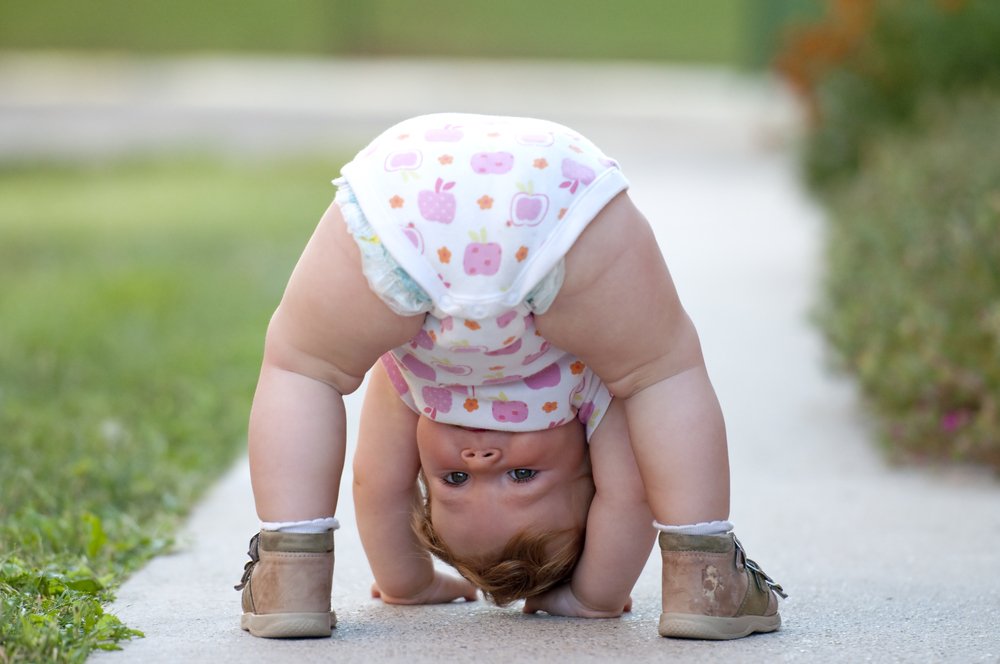Key points:
1. Movement play is crucial for early childhood development, impacting physical, linguistic, social-emotional, and cognitive areas.
2. Movement play involves various physical actions like crawling, rolling, and spinning, aiding in coordination and motor skills.
3. It helps in early communication and understanding body language, fostering linguistic and social-emotional development.
4. Movement play lays the foundation for cognitive growth, essential for academic skills like reading and writing.
If you’re a Kinedu advocate and have seen our activity videos, you’re most likely aware of the profound importance and link between physical activity and brain development. In this article, we’ll explore the concept of movement play, analyze how this type of play impacts all four areas of early childhood development, and what you can do to encourage it at home.
First things first, what is movement play?
One of your baby’s first ways of communicating with you is through movement. The idea behind this theory is that, through free play-movement, your baby is working on all of their developmental areas, not just the physical one. Movement play is when children move in specific ways as they go about their development and repeat these motions. From early reflexes, senses, and movements, your baby is learning and stimulating their neurological system in many ways. Some examples considered movement play include floor play (tummy and back), belly crawling, crawling, spinning, rocking, rolling, etc.
How is movement play related to all areas of development?
- Physical. Movement is at the core of your baby’s physical development. With it your baby will learn coordination, balance, fine and gross motor skills, etc.
- Linguistic. For this area, we’ll consider early communication. It is through movement that your baby will understand the importance of body language and to use their body to convey messages. “Movement conversations” include eye contact, interaction using facial gestures, touching, etc. Aside from body language, it’s thanks to movement that your little one will begin to learn the name of the body parts and important verbs such as sit down, pick up, etc.
- Social and emotional. Most of the time understanding how to communicate, socialize, and make friends revolves around some sort of physical activity. It’s through games that children learn rules (what’s accepted and what’s frowned upon), learn to read facial expressions and body language.
- Cognitive. Early movement play and physical development will serve as the bases that your baby needs in order to deal with later academic demands (such as eye movements for reading, hand coordination for writing, etc.).
It’s important to understand that in early childhood development these areas of development are interconnected, they overlap, and when your baby is learning something related to one, it has an impact on all the others. Next time you want to give movement play a try, make sure you provide a safe and supervised space where your baby can spontaneously move, express, and be able to organize and dictate their own movements. Remember you can always find ideas and inspiration to encourage movement play in Kinedu!








